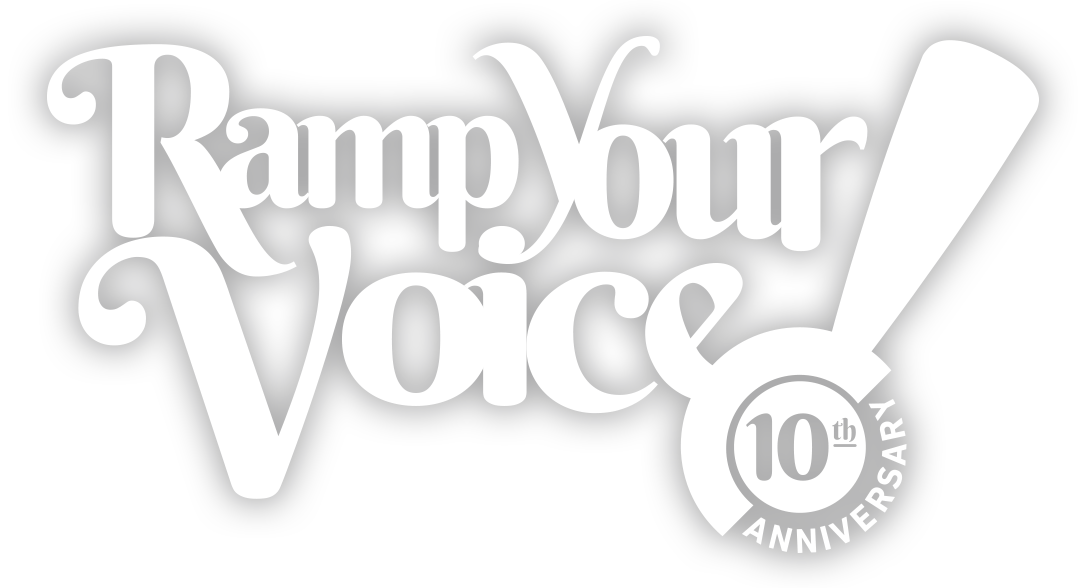Why Representation Matters in Children’s Books & Media
Well, when I was nine years old, Star Trek came on. I looked at it and I went screaming through the house, ‘Come here, hum, everybody, come quick, come quick, there’s a black lady on television and she ain’t a maid!’ I knew right then and there I could be anything I wanted to be.
- Whoopi Goldberg
Drawing of a young Whoopi Goldberg being fascinated by the image of Nichelle Nichols, who played Lt. Nyota Uhura on Star Trek: The Original Series, that debuted in 1966. Goldberg herself would go on to appear on Star Trek: The Next Generation as Guinan, during the 1990s.
The reason why representation matters in children’s books and media is stressed greatly through Whoopi’s response to seeing a woman of color on television who did not depict stereotypical roles of African American women during that time. When I ran across this posting on Tumblr, it resonated with the moment I had last week when I received my 1st book that depicted a character with a disability. At almost 28 years old, I’ve never read a book where the protagonist was a person with a disability. Even more shocking; I’ve never read a children’s book with a disabled female character as the lead.
I stumbled across Jewel Kats’ children’s book, Cinderella’s Magical Wheelchair: An Empowering Fairy Tale, one day while on social media, & I was thrilled to find a book that allowed children to see someone with a disability be a lead character. I posted my excitement about finding this book on a page of mine, & one of my dear friends took it upon herself to purchase the book for me as an early birthday gift. Needless to say, I was quite surprised at the kind gesture, and even more thrilled to finally have a book where the character “looks” like me – a girl in a wheelchair.
It’s imperative for children of all races, genders, and abilities to read stories about characters that share similar backgrounds as theirs. The lack of diversity in children’s book, and adult books, is disturbing, and fails to appropriately represent the melting pot of our society. To grow up not seeing someone who shares similar looks or abilities as you can make a child or adult feel as if people like themselves are not important. That gross underrepresentation can have devastating effects on an individual’s self-esteem, self-worth, and sense of pride about who they are.
I feel very strongly about closing the gap that’s seen within children’s book; I’m currently in the beginning stages of writing my own children’s book where the protagonist will be a young girl of color with a disability who has friends of diverse backgrounds. I want young children, especially young girls of color with disabilities, to see more characters in their books that “look” like them; a character that has to travel on 4 wheels to get from Point A to Point B. Closing the gap on the lack of representation is one of my many goals as a disability advocate. Reading Kats’ book showed me that there is a place for this kind of focus in books, and it reignited the spark in me to continue to push forward in writing and publishing my book. Not only do we need to see more children and adults with disabilities as protagonists in books, but we also need to see these individuals in television, movies, short films, and other forms of media. I’m willing to do my part to demand more inclusion; what are you prepared to do?
Me proudly holding “Cinderella’s Magical Wheelchair” by Jewel Kats


